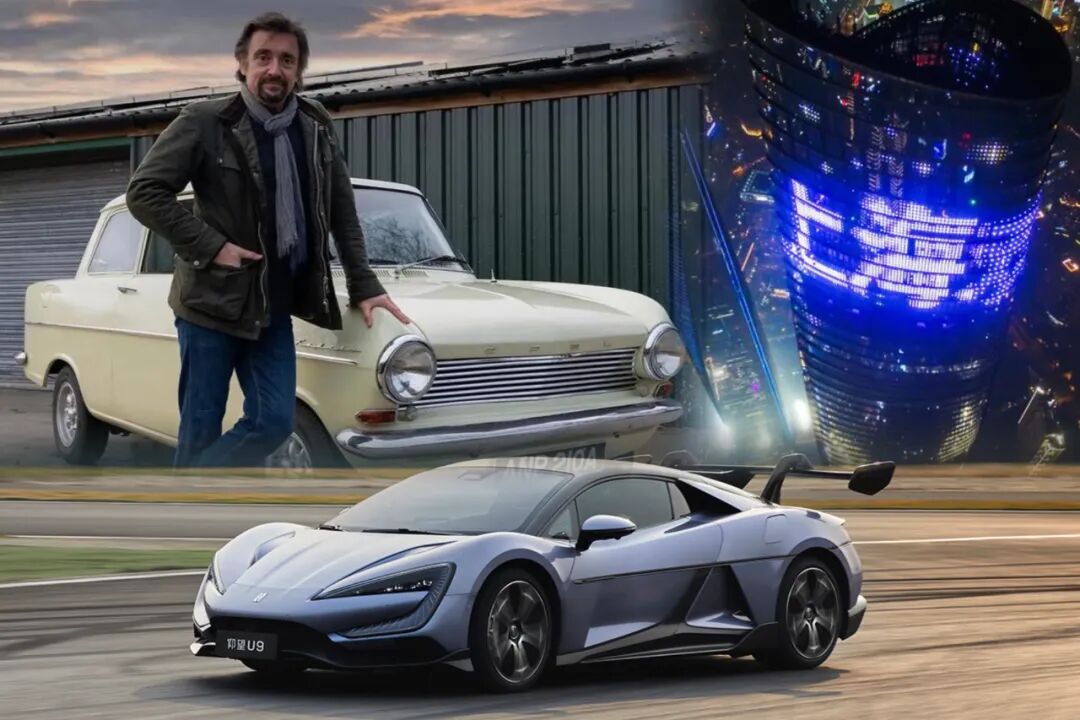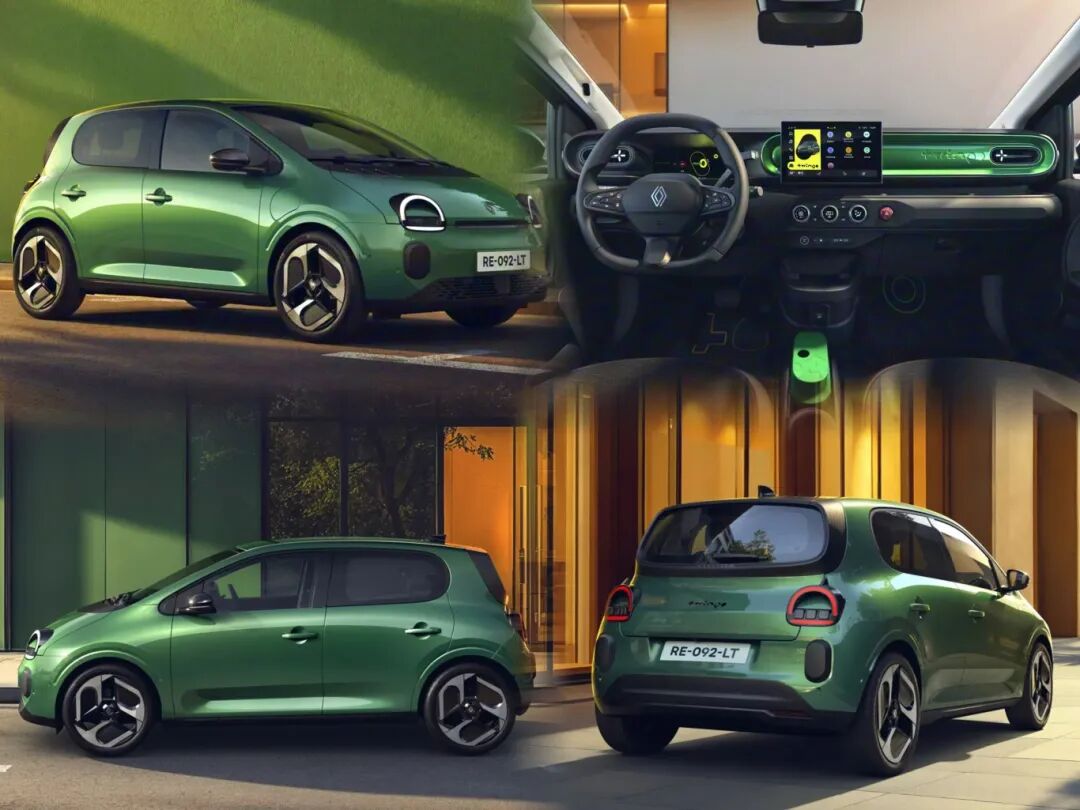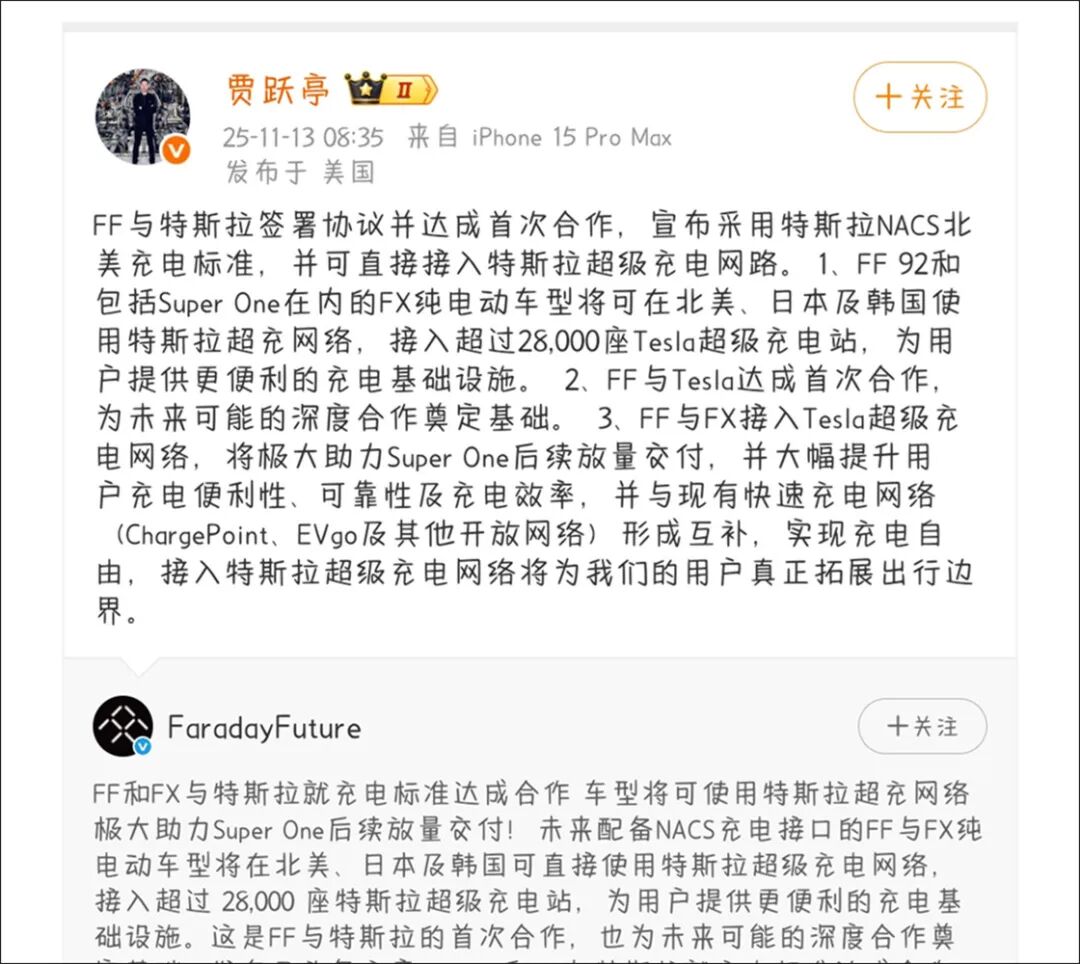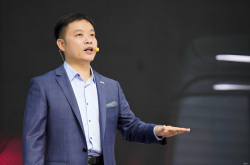【A Week of Auto Talk】Do Chinese Electric Cars Leave Richard Hammond Puzzled?
![]() 11/17 2025
11/17 2025
![]() 516
516

Introduction
Following the global unveiling of Chinese electric vehicles, the development advantages spanning the entire industrial chain have gradually emerged as a formidable threat in the eyes of the Western world.
After a century of automotive industry evolution, who could have foreseen that this sector, long dominated by Western rhythms, would now be significantly influenced by China? Numerous foreign brands have been ousted by the market and have directly exited China. In automotive R&D, even foreign experts are now seeking advice from China. Particularly in the electric vehicle realm, Chinese autos have emerged as a benchmark for global automotive industry development.
Not long ago, Renault proudly introduced its groundbreaking all-electric compact car, the new Twingo, in Europe. Boasting outstanding retro aesthetics and a comprehensive suite of Chinese-inspired 'three electric' systems, it has propelled French electric vehicle manufacturing to new heights.
In terms of real-world performance, the Twingo E-Tech is built on a shortened version of the AmpR Small platform. However, its built-in CATL lithium iron phosphate battery pack, with a capacity of only 27.5kWh, offers a WLTP range of just 263 kilometers. Additionally, the vehicle's maximum DC charging power is capped at 50kW, while the maximum AC charging power stands at 11kW. In terms of powertrain, it features a front-wheel-drive single-motor setup, capable of delivering a maximum output of 81 horsepower and accelerating from 0 to 100 km/h in 12.1 seconds. To be frank, if this car were to debut in the Chinese market, it would only be on par with the Wuling Hongguang MINI.
Nevertheless, when compared to local European all-electric compact cars, the Renault Twingo has still garnered significant acclaim. However, once the Chinese elements behind this car were revealed, many French people were left astounded.

Since the official dissolution of Dongfeng Renault, Renault has opted to halt its passenger car business in China. Interestingly, the French, known for their strategic retreats, had left a contingency plan in place at that time. Even if they were reluctant to admit technical inferiority, they acknowledged the Chinese edge in manufacturing electric vehicles.
Today, at Renault's ACDC R&D center in Shanghai, teams from various departments can collaborate seamlessly under one roof, breaking away from the traditional step-by-step development model employed by European automakers. In the Chinese R&D team's lexicon, automotive development can embrace 'synchronous engineering,' where all processes progress in parallel. Virtual prototyping, simulation verification, supply chain sourcing, and software debugging occur almost simultaneously.
This approach enables the Twingo to complete its entire vehicle development in the shortest possible time, even far from its French homeland.
However, this also inevitably poses a challenge to French pride.
Following the new car's release, a French TV program sparked dissatisfaction among its hosts regarding Renault. On one hand, they harbored resentment over the fact that 'the Twingo was engineered by Chinese engineers.' On the other hand, they questioned industry experts, connected via phone, about 'the reasons for our declining competitiveness and why it has reached such a dire state.'

Similarly, recently, General Motors (GM) issued a stringent directive to thousands of global suppliers: Chinese components must be entirely phased out from the supply chain by 2027, with the ultimate aim of relocating the entire supply chain out of China. Besides China, 'high-risk countries' such as Russia and Venezuela are also on the supply chain exclusion list. Previously, GM had actively divested from dependencies on Chinese battery materials (e.g., rare earths) and automotive-grade chips. Now, it has extended this coverage to encompass basic components and raw materials.
Ultimately, in the Western world's perception, the rise of Chinese electric vehicles today poses a significant threat.
The European and American automotive markets are indeed geographically distant from China. Convincing Westerners, unaccustomed to the '996' work culture, to spontaneously believe that 'the rise of Chinese autos is inevitable' is undoubtedly a daunting task. However, every situation has its pros and cons. While some criticize Chinese autos, others will view the situation rationally.
On November 12th, Richard Mark Hammond, the world's most renowned automotive show host, arrived in Shanghai. While promoting his self-owned whiskey and gin brands for the Chinese market and hosting a tasting event, he also engaged with a group of Chinese car enthusiasts who are fans of his. Hammond exuded the charm of a true idol.
Regarding Richard Hammond, it suffices to know that he is not just an idol pursued by Chinese car enthusiasts since childhood but also an automotive enthusiast who always speaks with authenticity and British humor about his passion. While his visit to China had the purpose of expanding his liquor business, everyone knows that this British man, who has spent his entire life with cars, would undoubtedly 'weigh in' on Chinese autos again.

From the 'Top Gear' China special to the 'Grand Tour' China special, although Hammond had not personally witnessed the evolution of Chinese autos, he had long sensed their potential through the NIO EP9, unlike Europeans who viewed China through a biased lens.
Today, in Hammond's vlog, he expressed awe at the Yangwang U9's ability to move vertically. At the fan meeting, he also mentioned Yangwang again. I believe this highlights the extraordinary aspect of Chinese autos today. Despite being one of the greatest automotive critics, even he expressed confusion over such unprecedented features. However, from his context, it was evident that the presence of the NIO ET9, Zunjie S800, Xiaomi SU7 Ultra, and Li Auto MEGA truly made him feel the evolution of the Chinese automotive industry.
However, the explosive development of the new energy industry has provided Chinese autos with an opportunity to overtake competitors. During this process, there have been quite a few emerging brands with perplexing strategies.
This time, Jia Yueting, who had been silent for a while, posted a message on Weibo, declaring that FF's future new models (to be launched from 2026 onwards) will be equipped with NACS (North American Charging Standard) interfaces and can directly connect to Tesla's Supercharger network.
According to the cooperation, future FF and FX all-electric models equipped with NACS charging interfaces will be able to directly utilize Tesla's Supercharger network in North America, Japan, and South Korea, accessing over 28,000 Tesla Supercharger stations.

Jia Yueting also stated that FF and FX's integration into Tesla's Supercharger network will significantly facilitate the subsequent mass delivery of the Super One, greatly enhance user charging convenience, reliability, and efficiency, and complement the existing fast-charging network, achieving charging freedom.
Indeed, from a commercial standpoint, Mr. Jia's move is highly beneficial in enhancing convenience for FF owners during vehicle usage. After all, FF's existing customer base would likely relish the feeling of having access to thousands of charging stations for a single vehicle. However, given FF's scale and current development status, it's unclear why Tesla would bother promoting FF.
Well, that's it for this week's auto news roundup. Stay tuned for more auto tales in 【A Week of Auto Talk】. See you next week!
Editor-in-Charge: Cao Jiadong Editor: Chen Xinnan
THE END







